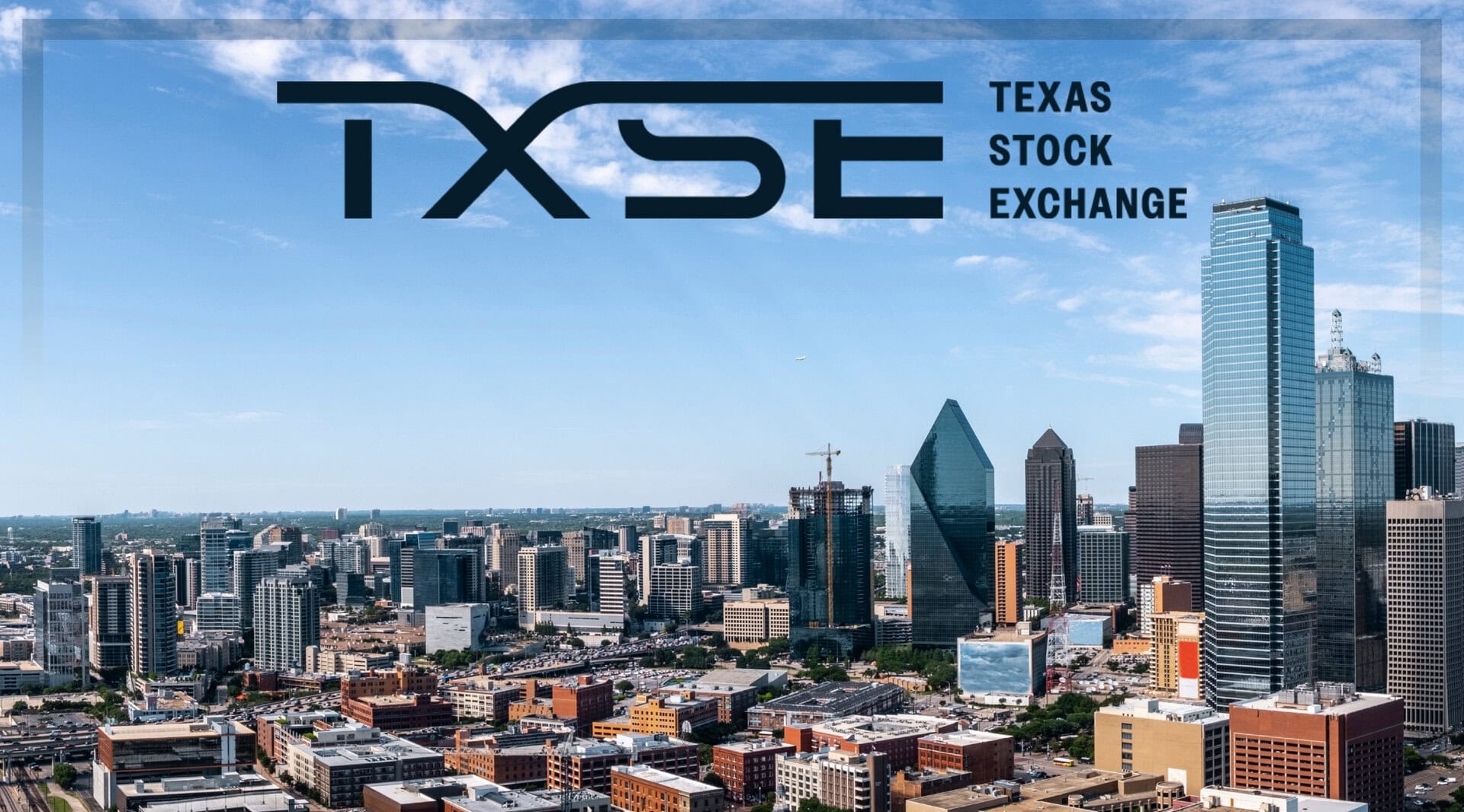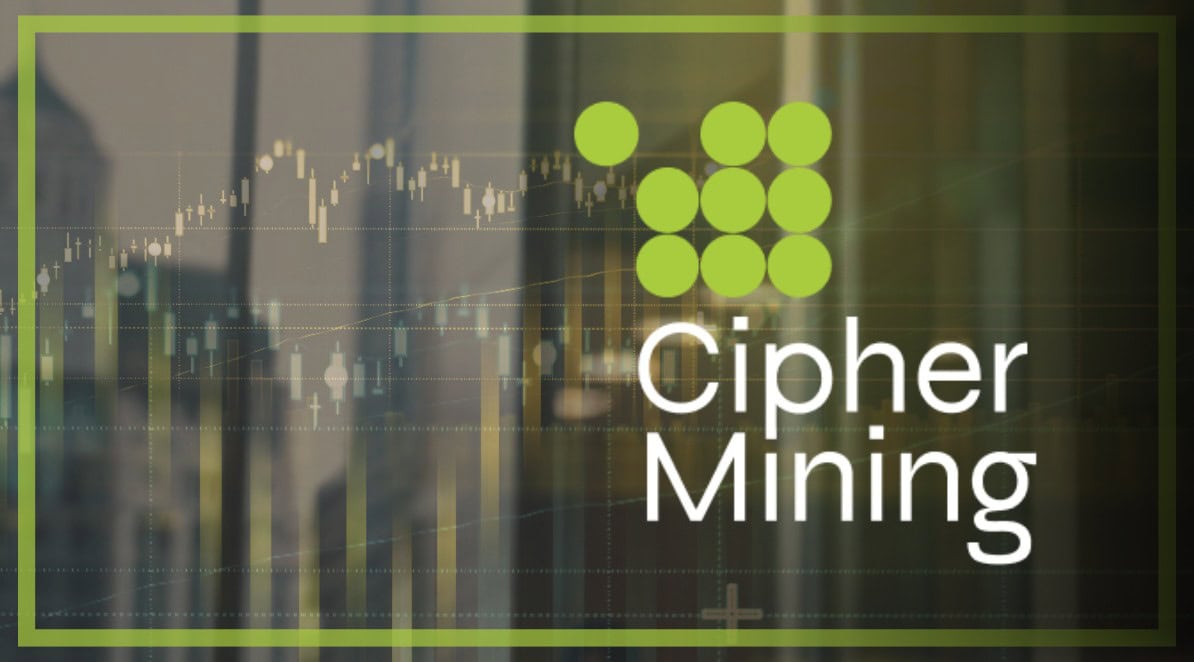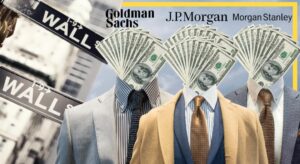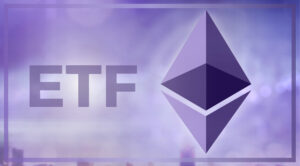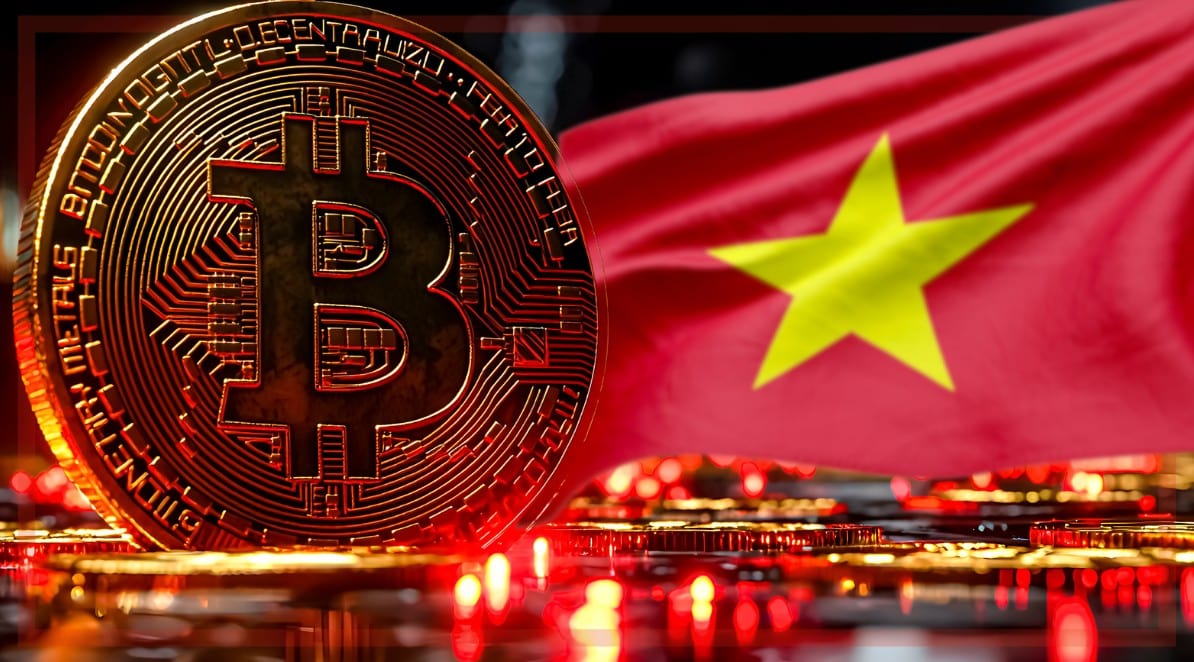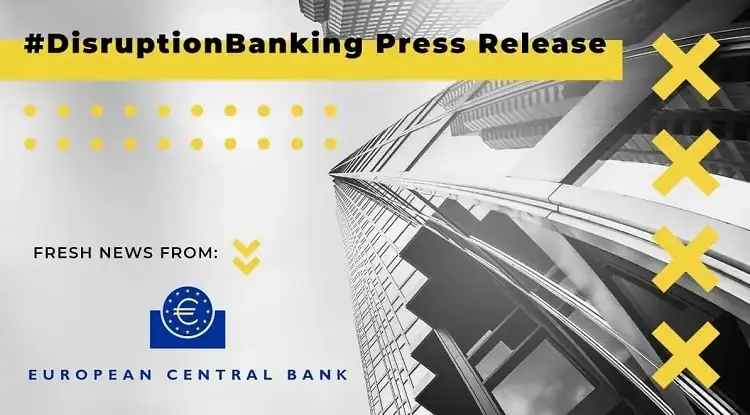It’s been built by market veterans, and it’s backed by world-class institutions. The Texas Stock Exchange is ‘Ready to Innovate.’ On January 31 this year, the Texas Stock Exchange, or TXSE, was the first fully integrated exchange to file a Form 1 registration with the U.S. Securities and Exchange Commission in the past 25 years.
We first wrote about the Texas Stock Exchange last June. Since then, interest in the new exchange continues to grow. One of the most vocal supporters of the new exchange has been Texas Governor Greg Abbott
How Dallas Became a Financial Hub
The first thing to note here is how the Federal Reserve Bank covering Texas is in Dallas. The Dallas-Fort Worth Metro area had a population of 8.3 million as of July 2024, a figure likely to have grown by mid-2025.
It’s not just the population of Dallas-Fort Worth or DFW that is important to consider. In 2023, for the first time in over 33 years, Texas surpassed the state of New York in the number of workers employed in finance and banking. This has also led some to call Dallas the ‘Wall Street of the South.’.
Texas is home to more than 50 Fortune 500 companies including AT&T, Kimberly-Clark, ExxonMobil, and American Airlines to mention a few.
Financial institutions are also present in Texas. Goldman Sachs, on its Dallas microsite, states that to build the future of finance, it needs to be where the future is.
Move from New York to Dallas or Salt Lake City. Leave London behind. At Goldman, some staffers will be getting a choice — and for many, not a welcome one https://t.co/Ls21SrsXhL
— Bloomberg (@business) March 6, 2025
Goldman Sachs’ Dallas hub has grown into one of its largest operations in the world, according to a recent Bloomberg story. It’s been further reported that there are 4,600 employees working at the bank’s Dallas campus, which is set to be developed further by 2028.
Charles Schwab also relocated to the Dallas-Fort Worth area with a new campus employing over 5,000 employees.
Others like Wells Fargo and Bank of America have followed suit by opening their own campuses in the Dallas area. Fidelity Investments and JP Morgan have a large presence in the area too. JPMorgan Chase, which now has more employees in Texas than in New York state, has built a 6,500-person campus in Plano, Texas.
Texas: Fueling a Financial Frenzy
In 2023, Texas’s GDP reached $2.4 trillion, surpassing nations like Canada, Italy, and Australia, with the DFW Metroplex contributing $708.9 billion. Today, Texas alone ranks as the 8th largest economy in the world.
To highlight the financial boom taking place in the Lone Star State, it’s important to note that Texas has long been an attractive destination for hedge funds. The fund community has deep roots in Texas that go back to the late 1980s. This was when some large Texas-based family offices began to invest in hedge funds out of New York.
Two years ago money management firm Fisher Investments moved its headquarters to DFW. In November last year former presidential candidate Vivek Ramaswamy announced that he was moving his financial services firm, Strive Asset Management, to Dallas from Columbus. A spokesperson for Fisher Investments stated that“Texas is simply more business and employee friendly.”
TIAA, the $1.2 trillion asset manager, is reported to be opening offices in Dallas with the promise of adding 2,000 new jobs to the local economy by the end of 2029. Atalaya Capital Management has opened its second office outside New York in Dallas. Jefferies Financial Group is building up its local presence too.
To further highlight the importance of Dallas, Nasdaq opened a regional headquarters in the city in March 2025, aiming to compete with the new TXSE. At the same time, the NYSE has transferred its Chicago operations to Texas and rebranded as NYSE Texas,, in a bid to compete with TXSE.
The new financial capital of America
In February this year, at the State of the State Address 2025, Governor Greg Abbott announced how “business is booming so much that we now have our own stock exchange, the Texas Stock Exchange, It will make Texas the financial capital of America.”
To further boost the ‘Texas Miracle’ the Senate Bill 29 and other bills were signed by Governor Abbott in May this year. These bills include:
Senate Bill 29 which codifies the business judgement rule and reforms derivative claims processes. It also creates a mechanism to pre-assess corporate director independence.
Senate Bill 1058 which creates a franchise tax exemption for stock exchanges operating in Texas for certain tax liabilities.
House Joint Resolution 4 which is a constitutional ban on a stock exchange transaction tax and an occupations tax.
James H. Lee, Chairman and CEO of the Texas Stock Exchange shared how “thanks to the dedication of our state leadership and legislators, Texas will now be the number one choice for corporate registrations and relocations, as well as the premier destination for securities listings.”
Will the ‘Texas’ Brand Power TXSE’s Rise?
Texas has long been known as a hub for innovation. There is no corporate or personal income tax in the Lone Star State, and it has arguably the best business environment in the U.S. today. It’s no surprise that companies are relocating from other states to Texas.
The culmination of a strong business environment–coupled with lower taxes, less regulation, a large talent pool, an influx of businesses from New York and California, and new business friendly legislation – give TXSE a real shot at disrupting the entrenched duopoly of legacy exchanges. “Texas is where people in America want to go to do business,” TXSE Strategic Advisor and former Chairman of the U.S. House Financial Services Committee Jeb Hensarling said in a recent Bloomberg interview, “and the Texas Stock Exchange is the next iteration to that.”
While the Texas Stock Exchange is currently awaiting registrational approval from the SEC, and expects to begin operations in 2026, it is already promising to be a more “issuer-aligned” exchange compared to NYSE and Nasdaq.
Rob Salman, Chief Commercial Officer at the Texas Stock Exchange shared with DisruptionBanking how the intention of the exchange is to be a national exchange with global ambitions.
Rob is originally from Texas but moved to New York earlier in his career. He shared how, as someone from Texas, he sees the brand image of Texas as invaluable in raising the profile of the new exchange. His initial focus will be on engaging Wall Street firms to support TXSE.
Crypto and tokenization are, of course, trending topics. Rob assured me that whilst the initial remit of TXSE will be traditional equities and ETPs, the future will likely be more digital.
“If you don’t talk about digital assets, you run the risk of being left behind,” Rob explained. He pointed to some of the more urgent requirements that companies are looking for from an exchange. And, for the moment, that is liquidity and supportive market makers, he added.
Less Regulation, More Liquidity for TXSE
Before the return of Donald Trump to the White House, the SEC had put requirements on listed companies to disclose information about their indirect emissions. In March this year the SEC voted to end its defence of the rules requiring disclosure of climate-related risks and greenhouse gas emissions.
We touched on this change of policy with Rob. He highlighted how TXSE’s position was that “you can adopt whatever you want, but we’re not going to tell you what it is that you should adopt or what it is that you should do. We want to focus on the core business of exchanges.”
With its anticipated launch in 2026, TXSE has real work ahead.
In the meantime, competitors, investors, and financial institutions continue to be attracted to the Lone Star State and the opportunities it offers as an alternative to New York.
Will TXSE redefine global markets? Only time will tell.
Author: Andy Samu
See Also:
How North Texas became a destination for investment | Disruption Banking
The Rise in Popularity of the Family Office in Austin, Texas | Disruption Banking


